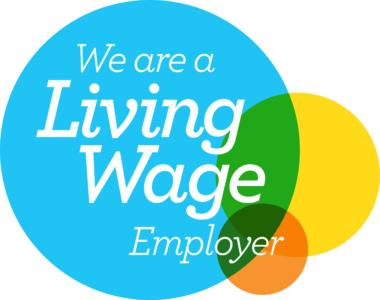These days we are all familiar with Veganuary, Stoptober, Movember and Decembeard. However, one of the best loved and most followed is Dry January (“Dranuary”) which has become a well-known campaign since 2013. Everyone has their own reason for taking part – be it saving money, detoxing after Christmas, or simply for the sake of a challenge.
But as society becomes increasingly health conscious, more and more people are deciding to reduce, or cut out entirely, alcoholic drinks from their lives. The result is a new drinks sector that is growing exponentially in terms of both market share and the variety of products available.
The marketing research company Fior Markets estimated that the global non-alcoholic drinks market was worth $923 million in 2020. Furthermore according to IWSR (drink market analysis company) data the no- and low-alcoholic (NoLo) drinks market is expected to continue to grow by 22% in the UK (and 34% globally) between 2019 and 2024.
For anyone attending a wedding whilst pregnant in the last few years, the drink you were likely to be confronted with on arrival was the same old Elderflower Presse (of which the author is not a fan!). With exciting developments in the NoLo drinks sector, a much tastier variety should be on offer. But what exactly what are NoLo drinks? Not in terms of beers, wines or spirits, but composition. What makes one drink ‘No’ and another ‘Lo’?
If you ask the average consumer what “alcohol-free” means, the majority would assume it is a drink without any alcohol. However, within the UK food labelling laws, for a ‘No’ drink to be classed as alcohol-free the drink can contain up to 0.05% alcohol; anything between 0.05% and 0.5% is classed as “de-alcoholised”. Then the title “non-alcoholic” should be reserved for products that do not have a name commonly associated with an alcoholic drink, like beer or gin. So not as straight forward as one might think! To confuse matters further, alcohol free drinks that are imported from Europe can contain up to 0.5% alcohol.
‘Lo’ drinks on the other hand must contain no more than 1.2% alcohol. There are then further rules around descriptions. For example, products that are similar to wine should not be described as such if they have reduced alcohol content. The word “wine” can only be used on a product that meets an appropriate specification and has a minimum alcohol content of 8%.
So all in all the rules surrounding labelling are a mine field and descriptors are often misused. For example, some 0.5% beers are described as ‘alcohol-free’ when they should in fact be ‘de-alcoholised’ or ‘low alcohol’. It creates a great deal of confusion for consumers who are pregnant, recovering from alcoholism or have health problems that mean they wish to avoid the consumption of alcohol.
Drinks producers therefore should be very careful when labelling and marketing their products to ensure they do not fall foul of the rules. A breach of the descriptor rules, such as misleading, inaccurate or unclear labelling could lead to enforcement action against the business.
This year it is estimated that 6.5 million consumers will take part in Dry January, which could be a great boost for the sector. Whatever your tipple there are lots of brand and products to choose from and the list is growing all the time. Supermarkets now even have dedicated sections in the drinks aisles.
Seedlip has led the way for non-alcoholic spirits in the UK. In East Anglia, examples of industry leading brands include Adnams plc and Nonsuch Shrubs. Adnams is best known for its alcoholic beer, ciders and spirits but in response to the growing trend is now producing a wide variety of NoLo drinks to meet demand including: 0.5% Ghost Ship beer and Wild Wave cider; 0.5% “wines” of every colour and even alcohol free sparking Rosé!
If you prefer to (forgive the pun) ‘mix it up a little’ with a mocktail, then take a look at Nonsuch Shrubs who produce a range of fruit, cider vinegar and botanical syrups perfect for adding some flavour to your beverage.
Whatever your views on NoLo there is no doubt that the development in the marketplace provides exciting opportunities for drinks manufacturers – those which get the recipe right are likely to see heightened interest from investors, particularly those in venture capital and private equity, who are always keen to secure returns in a fast growing sector.
The content of this article is for general information only. It is not, and should not be taken as, legal advice. If you require any further information in relation to this article please contact the author in the first instance. Law covered as at January 2022.








